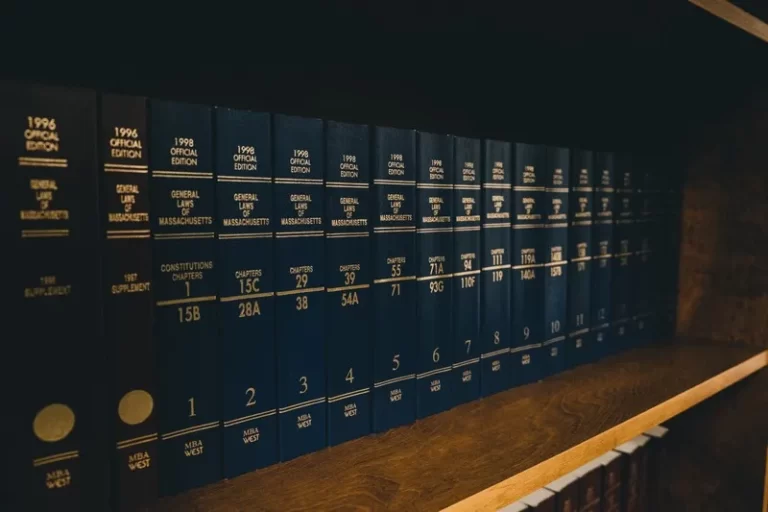Table of Contents
- Introduction to the Chevron Doctrine
- The Sociological Roots of Bureaucracy and Expertise
- Power Dynamics and the State
- Legal Ambiguity and Social Order
- Implications for Democratic Governance
- Conclusion: The Chevron Doctrine in Sociological Context
Introduction to the Chevron Doctrine
The Chevron Doctrine, often discussed within the realms of law and political science, holds significant sociological implications. At its core, the doctrine addresses the extent of deference that courts should give to administrative agencies in interpreting ambiguous statutes. Established through the landmark U.S. Supreme Court case Chevron U.S.A., Inc. v. Natural Resources Defense Council, Inc. in 1984, the doctrine has since shaped the relationship between government agencies, the judiciary, and the democratic process. From a sociological perspective, the Chevron Doctrine reveals deeper insights into institutional power dynamics, the role of expertise in governance, and the social implications of legal ambiguity. It forces us to reconsider how democratic institutions function, who holds power, and how the decisions of non-elected bodies can impact the lives of citizens.
The Chevron Doctrine is emblematic of broader social debates concerning authority, legitimacy, and the interaction between state institutions and the public. On one hand, administrative agencies often possess specialized expertise and the technical know-how to implement complex policy decisions. On the other hand, the judiciary, representing the legal arm of governance, traditionally acts as a check on these institutions. The tension between these bodies highlights the challenges inherent in modern governance, where expertise and democratic accountability do not always align. Sociology, with its focus on institutions, power, and the state, provides valuable frameworks for understanding these complexities.
The Sociological Roots of Bureaucracy and Expertise
To fully grasp the sociological implications of the Chevron Doctrine, it is essential to delve into the concept of bureaucracy and the role of expertise within the state. Max Weber, one of the founding figures of sociology, extensively examined bureaucracy as a defining characteristic of modern society. According to Weber, bureaucracies are marked by hierarchical structures, specialized roles, and rule-bound operations designed to efficiently manage the complex tasks of governance. In this framework, administrative agencies are quintessential bureaucracies, staffed by experts tasked with interpreting and implementing laws passed by the legislative branch.
Weber’s analysis highlights both the strengths and limitations of bureaucratic systems. While bureaucracy promotes efficiency and rationality, it can also lead to what Weber called “the iron cage”—a situation where individuals and institutions are trapped within rigid rules and procedures that can stifle creativity and democratic participation. The Chevron Doctrine, in this light, can be seen as a legal mechanism that reinforces the power of bureaucracies. By deferring to agencies’ interpretations of ambiguous statutes, courts are effectively endorsing the notion that experts, rather than judges or legislators, should have the final say in certain policy matters.
This deference raises questions about the balance between expertise and democracy. While agencies may be well-equipped to handle technical issues, they are not democratically elected. As a result, the Chevron Doctrine introduces the possibility of a disconnect between bureaucratic decision-making and the will of the public. Sociologically, this speaks to broader concerns about the role of technocrats in modern governance and the potential erosion of democratic accountability in favor of efficiency and specialization.
Power Dynamics and the State
The Chevron Doctrine also highlights important power dynamics within the state. From a sociological perspective, the state is not a monolithic entity but rather a collection of various institutions, each with its own interests, goals, and sources of power. Administrative agencies, courts, and legislatures all represent different facets of state power, and the Chevron Doctrine illustrates the ongoing negotiation of authority between these bodies.
In this context, the Chevron Doctrine can be seen as a form of institutional balancing. By granting agencies the authority to interpret ambiguous laws, the judiciary effectively shifts some of its own power to these bureaucracies. This shift is not without controversy, as it raises concerns about the concentration of power within unelected bodies. However, from a functionalist perspective, this arrangement can be understood as a way to maintain stability and order within a complex society. In an increasingly specialized and technologically advanced world, it may be impractical for legislators or judges to possess the requisite knowledge to make informed decisions on every issue. Thus, the Chevron Doctrine allows for a division of labor within the state, where different institutions are tasked with different responsibilities based on their expertise.
Get the full article AD FREE. Join now for full access to all premium articles.
View Plans & Subscribe Already a member? Log in.





